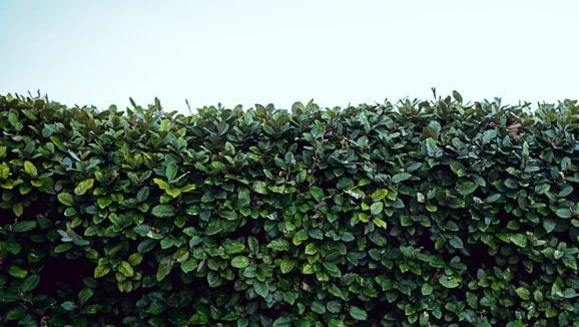Spring Pruning
Posted on 26th February 2021 at 09:50

Now is a good time to plant new roses. This will allow the root system to become established before plants come into leaf. Hard pruning after planting will encourage the development of vigorous growth. It may go against your instinct to cut back a newly planted rose, but it will make a stronger bush and is well worth doing.
Prune to within 7 to 15cm (3 to 6”) of ground level.Prune using sharp, clean, bypass secateurs cutting at an angle away from the bud to allow moisture to drain away. Make the cut 6.5cm (2.5”) above an outward facing growth bud. Remove any damaged shoots or crossing stems and discoloured wood.
Most evergreen shrubs are fairly low maintenance, but if pruning is required (or just the removal of damaged and diseased shoots) mid to late spring is ideal. The timing is dictated by the risk of severe frosts having passed and just before growth starts. Spring flowering evergreens can be left until flowering has finished.
Overgrown hedges can be brought under control when they are dormant and respond well to hard pruning.


Apples and pears should be pruned when the tree is without leaves. Take out no more than 10% to 20% of the old wood to stimulate new growth. This is done because it is wood that is between 1 to 4 years old that fruits best. It is also important to develop an open centre to allow maximum light and improve air circulation to discourage disease.
Late flowering Clematis should be pruned hard during February or March as they flower on the current season’s growth. Cut down to a pair of strong healthy buds 15-20cm (6 to 8 inches) above ground level. It does seem drastic, but it is well worth doing, otherwise the base of the plant is bare and the flowers are just on the top of the plant which spoils the effect. The Clematis that need cutting back at this time of year are pruning group 3 and include C. ‘Jackmanii Suberba’, C. ‘Rouge Cardinal’ and C.’Lady Diana’ illustrated.


Buddleja davidii is a popular easy to grow shrub, commonly called the butterfly bush because its fragrant flowers are a butterfly magnet. All too often it can be seen as a dense, bushy thicket with lots of small flowers. Annual pruning in early spring will ensure that larger flowers are produced. Remove old wood to prevent overcrowding and encourage new shoots. Cut back old flower stems to two or three pairs of buds to produce an eye-catching display of long, arching spikes of flowers in late summer.
Pruning of hardy Fuchsias will encourage bushy growth and plenty of flowers. Wait until there are signs of new growth and then cut back to 30cm (12 inches) above ground level to a strong pair of buds. If these shrubs are left unpruned, they produce weak stems and small flowers.


Many Hydrangeas are pruned in spring, but leave H. macrophylla, which flowers mid-summer, until late summer when it has finished flowering. Others such as H. arborescens Annabelle (with large white flowers fading to pale lime), H. paniculate (which have cone shaped flowers) and H. quercifolia (the Oak leaf Hydrangea) should be regularly pruned in spring to flower well. In early spring, cut each shoot back by one-third to a strong, healthy pair of buds. If pruning is neglected, the shrub will become woody and overcrowded with lots of thin, weak, straggly stems producing fewer and fewer flowers.
Share this post:



